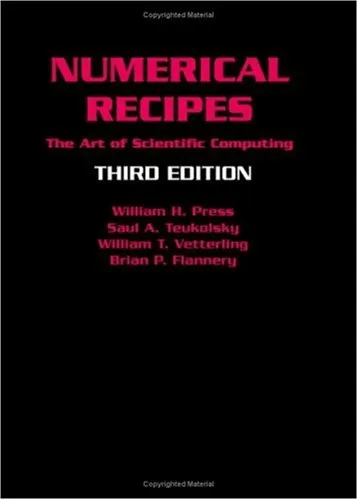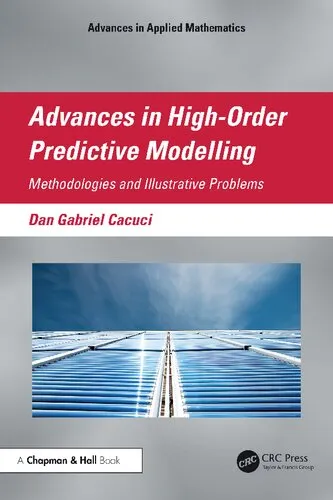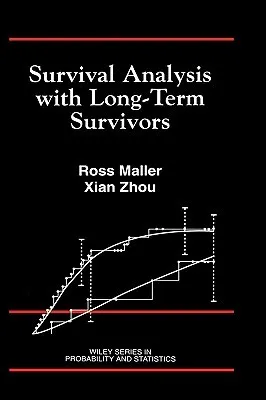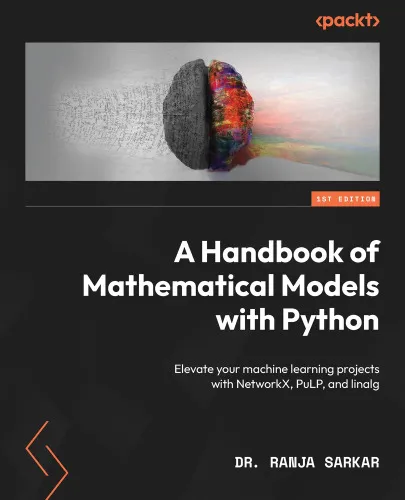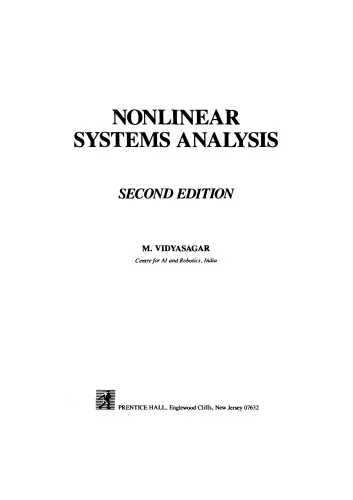Journal of Molecular Modeling
4.5
Reviews from our users

You Can Ask your questions from this book's AI after Login
Each download or ask from book AI costs 2 points. To earn more free points, please visit the Points Guide Page and complete some valuable actions.Related Refrences:
Analytical Summary
The Journal of Molecular Modeling stands as a respected and peer-reviewed academic platform devoted to advancing the field of computational chemistry and molecular modeling. Designed for scientists, researchers, and professionals with a vested interest in theoretical approaches to molecular science, this work reflects the collaborative scholarship of P. Politzer, J. S. Murray, D. Yepes, and P. Jaque. It navigates complex theories, methods, and applications that define modern molecular modeling.
In this extensive and well-curated collection, readers encounter both foundational principles and cutting-edge research developments. The secondary keywords—computational chemistry and theoretical molecular modeling—are fully embodied in the book’s structured discussions, ensuring its relevance to academics as well as industrial scientists seeking to simulate, predict, and visualize molecular phenomena.
While specific bibliographic details such as the original publication year or notable awards are presently information unavailable due to lack of reliable public sources, the substance of the work remains undiminished. This introduction will guide serious readers through the book’s analytical depth, its impact on the scientific community, and its enduring value as a scholarly reference.
Key Takeaways
At its core, the Journal of Molecular Modeling offers readers a precise roadmap to understanding how molecules behave, interact, and can be accurately represented through computational and theoretical techniques.
First, it bridges classical chemistry concepts with advanced computational tools, providing an integrated perspective useful for both teaching and research. Second, the book underscores the importance of interdisciplinary collaboration, blending insights from physics, chemistry, and computer science. Third, it showcases case studies that illuminate the predictive power of molecular models in real-world contexts, such as drug design, materials science, and environmental chemistry.
Readers are encouraged to approach the material not only as a repository of knowledge but as a springboard for innovation. Methods and models presented here enable the design of experiments that minimize costly trial-and-error procedures, conserving resources while advancing discovery.
Memorable Quotes
“Modeling is not about replacing experiments; it is about guiding them.”Unknown
“The accuracy of a molecular model depends largely on the quality of the theoretical foundation upon which it is built.”Unknown
“In computational chemistry, precision and efficiency must harmonize for models to be truly transformative.”Unknown
Why This Book Matters
The Journal of Molecular Modeling is more than a compilation of scientific articles—it is a testament to the evolving nature of research in computational chemistry and theoretical molecular modeling.
For academics, it represents a thorough resource where methodologies are discussed with clarity, helping to foster new generation of researchers who can integrate complex theories into practical applications. For industrial scientists, it offers proven pathways to innovation, reducing the gap between theoretical predictions and experimental validations.
Its role in shaping the broader dialogue between disciplines is profound; by documenting and disseminating high-quality research, it serves as both a historical archive and a contemporary guide for future inquiry.
Inspiring Conclusion
As you close this introduction, the value of the Journal of Molecular Modeling becomes unmistakable: it is a scholarly touchstone for anyone invested in computational chemistry and theoretical molecular modeling.
Whether you are an academic seeking references for teaching, a researcher designing a novel simulation, or a professional aiming to bridge theoretical insights with experimental practice, this book provides the necessary intellectual tools. Delving deeper into its chapters equips you not only with knowledge but with the confidence to engage in complex scientific conversations.
The next step is clear—read, analyze, and discuss the ideas within this compendium. Share your interpretations with peers, apply the methods to your own projects, and continue the tradition of inquiry and innovation that this work so eloquently represents.
Free Direct Download
You Can Download this book after Login
Accessing books through legal platforms and public libraries not only supports the rights of authors and publishers but also contributes to the sustainability of reading culture. Before downloading, please take a moment to consider these options.
Find this book on other platforms:
WorldCat helps you find books in libraries worldwide.
See ratings, reviews, and discussions on Goodreads.
Find and buy rare or used books on AbeBooks.

